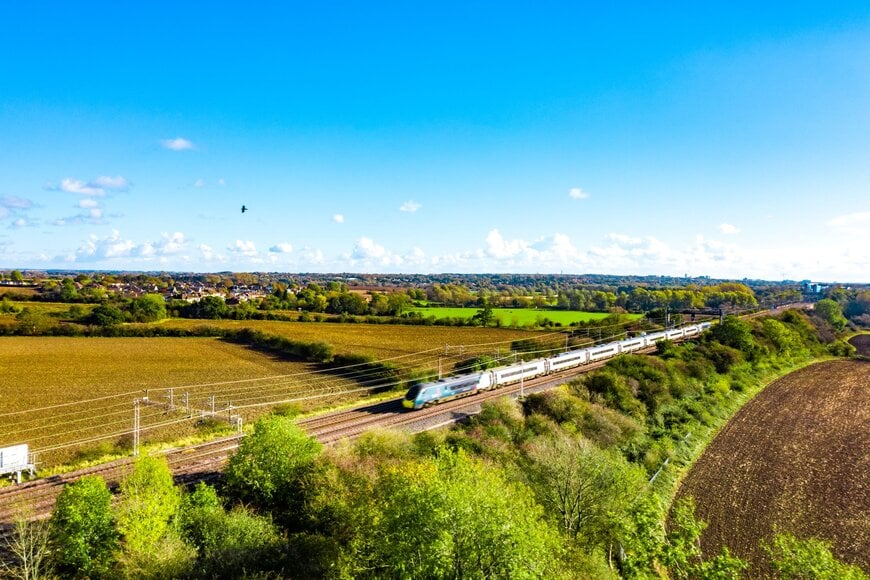How SYSTRA preserves biodiversity in its projects
On the occasion of World Biodiversity Day, discover how SYSTRA integrates the challenges of biodiversity into its projects.
www.systra.com

Essential Benefits
Did you know that natural ecosystems and biodiversity provide us with essential services, such as climate regulation, and around half the world’s Gross Domestic Product (GDP) depends on them?
But in the meantime, Infrastructure development and operations drive about 25% of human-generated biodiversity loss.
What are we talking about?
Biodiversity is:
. the diversity of living environments on all scales – the ecosystems of the oceans, meadows, forests, etc.
. the diversity of animal and plant species
. the genetic diversity of individuals within each species
Celebrated every year on May 22, World Biodiversity Day has its origins in the signature of the Convention on Biological Diversity (CBD) in Nairobi in 1992.
How do we integrate biodiversity into our projects?
At SYSTRA, we are aware of this issue and integrate biodiversity conservation strategies into our projects.
Firstly, we use indicators such as ‘no net loss’ (NNL) or ‘net gain’ (NG).
The first aims to ensure that living conditions for biodiversity remain similar before and after the project, without favouring invasive species. The second seeks to improve these conditions.
Furthermore, we rely on three key principles to preserve biodiversity: Avoid, Reduce, Compensate (ERC). This approach applies particularly to impacts on natural habitats and the fragmentation of ecosystems.
Here are some concrete examples from our projects around the world:
In Sweden, NNL has become the standard; before each infrastructure project, the initial state of biodiversity is meticulously observed and quantified using a codified scoring system to qualify each area. This methodology was deployed by SYSTRA Sweden teams on the project to double rail capacity for the Krylbo-Dalslund link northwest of Stockholm in response to client requirements.
In the United Kingdom, NNL has been deployed on major infrastructure projects such as HS2. Client expectations now extend beyond NNL to include an NG approach, which creates value for biodiversity. The goal is to go further by demonstrating that the project will have a positive impact on biodiversity. This is what was implemented by our colleagues from SYSTRA United Kingdom and Ireland on two projects for which they were commissioned: the design of the Grovehurst road junction and assistance to Network Rail on the rail network in the South of England.
In Sweden, every rail infrastructure project must strive to demonstrate no net loss for biodiversity. This is a must-have for obtaining permits, and it has become business as usual for SYSTRA. Qualifying and quantifying the initial state of biodiversity on the project scope is a very critical step.
Jonas JANSSON, ecology consultant, SYSTRA SWEDEN
"In order to raise awareness among our teams of the challenges of protecting biodiversity, SYSTRA is organising on May 22 an internal webinar on this topic and is offering its employees an e-learning programme on its ‘Climate Trajectory’"
www.systra.com

